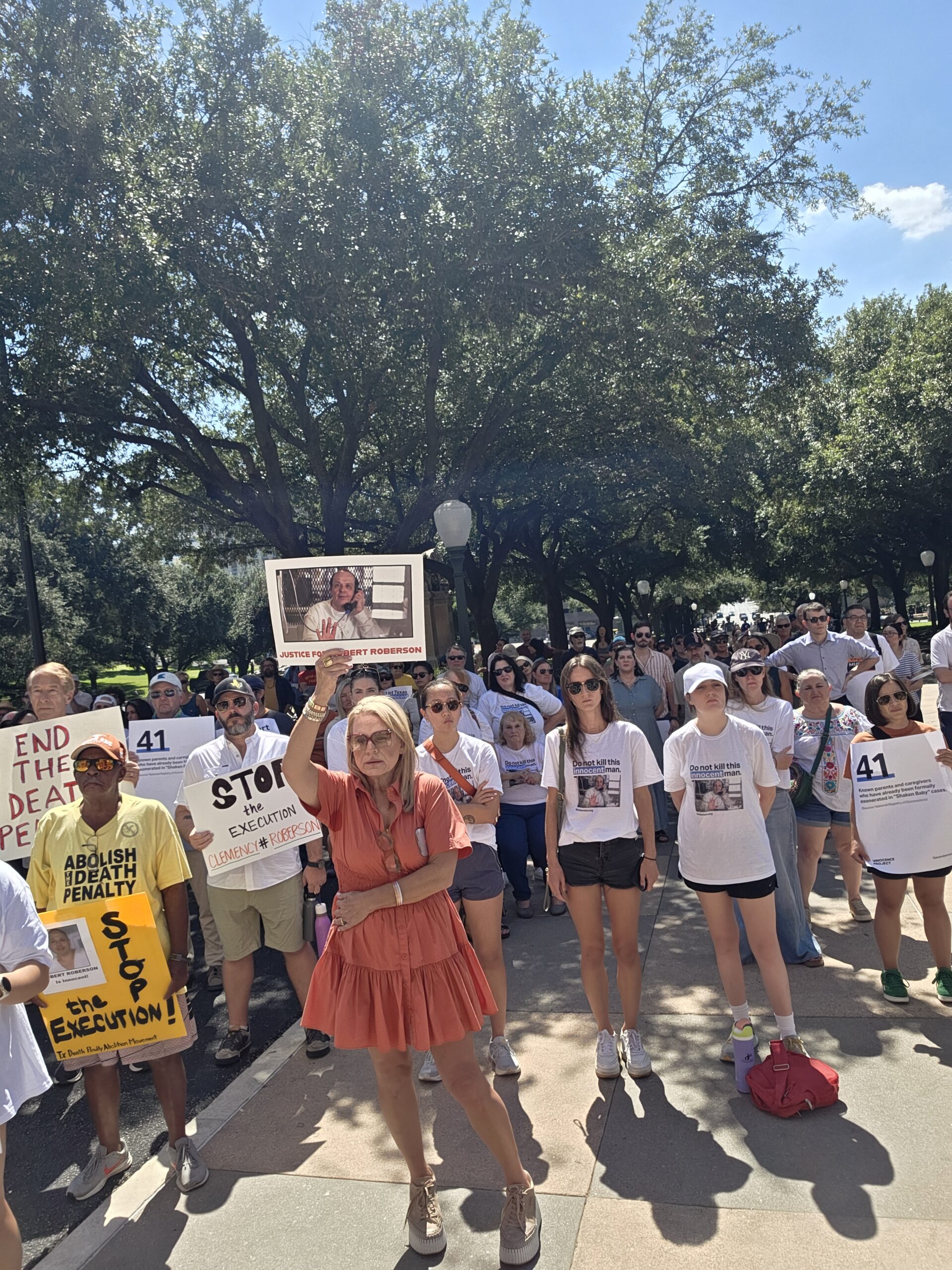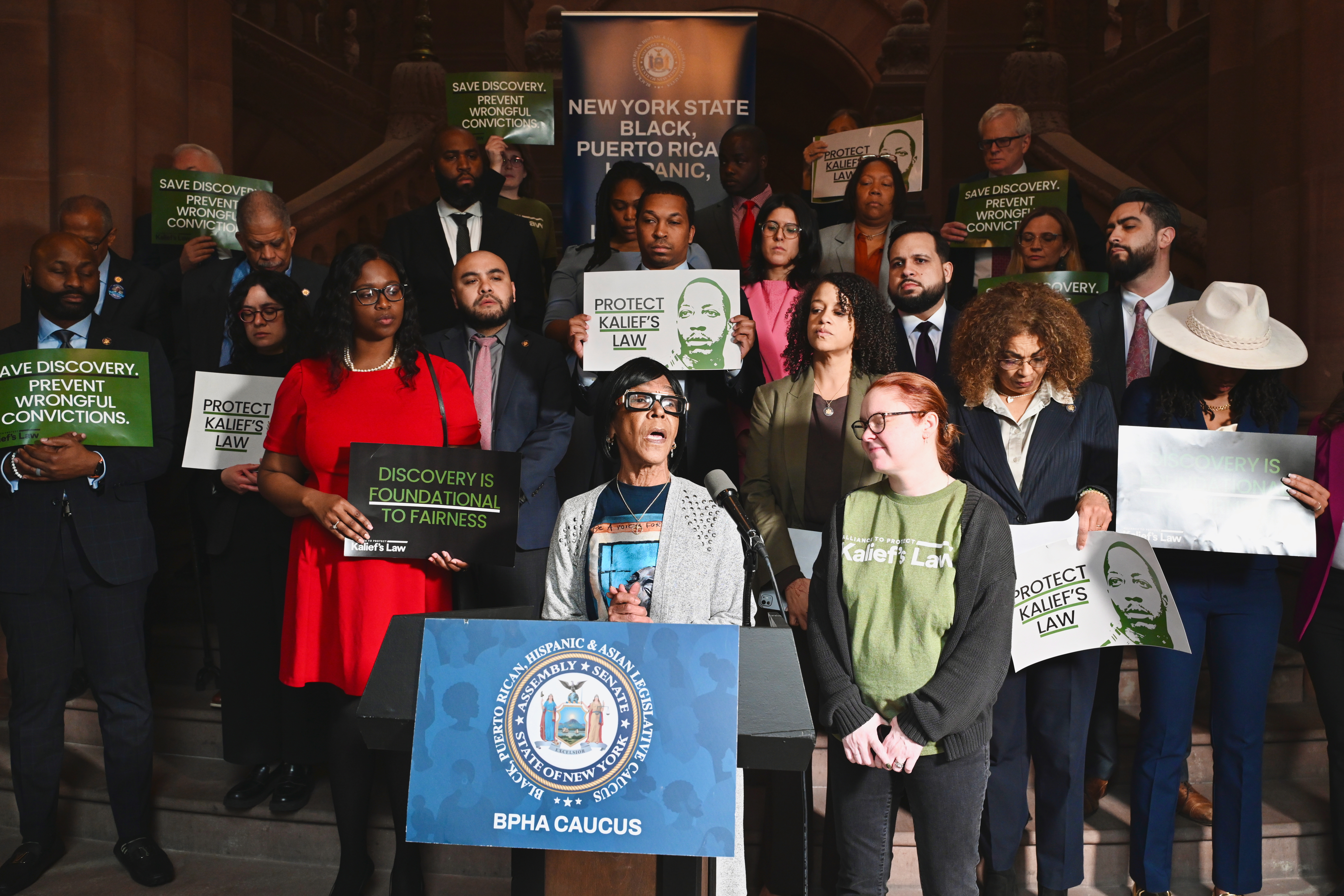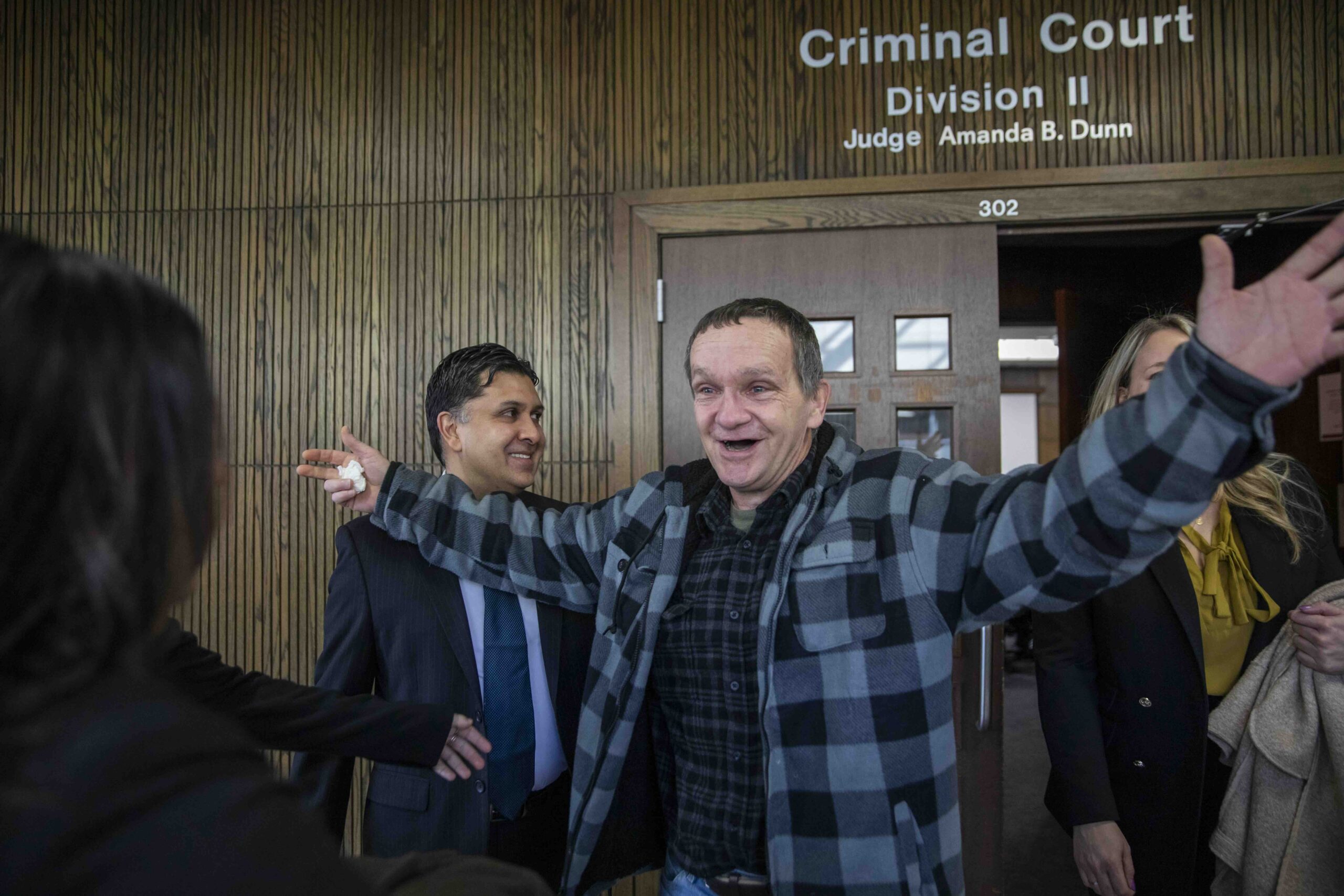Eyewitness Misidentification
Eyewitness Misidentification

More than 60% of our clients were wrongfully convicted based on eyewitness misidentification. (Image: Drew Sullivan/Unsplash)
Eyewitness misidentification contributes to an overwhelming majority of wrongful convictions that have been overturned by post-conviction DNA testing.
Eyewitnesses are often expected to identify perpetrators of crimes based on memory, which is incredibly malleable. Under intense pressure, through suggestive police practices, or over time, an eyewitness is more likely to find it difficult to correctly recall details about what they saw.
The contributing factors to eyewitness misidentification can be grouped into two broad categories: estimator variables and system variables. Estimator variables are those outside the control of the criminal legal system. They include gaps in an eyewitness’ memory, how far away the eyewitness was from the crime scene, the level of stress or trauma the eyewitness experienced while observing the crime, visibility conditions, and challenges associated with cross-racial identification. System variables are those controlled by the criminal legal system, such as law enforcement procedures related to recording an eyewitness’ memory, the administration of lineups and photo arrays, and more. System variables have impacted a large number of our misidentification cases to date.
To improve the reliability of eyewitness identification, we are pushing forward reforms in state legislatures and through the courts that would control system variables and address estimator variables respectively. Backed by comprehensive, peer-reviewed research, these reforms, which include allowing expert testimony on eyewitness identification, have been supported by national agencies and justice organizations, including the U.S. Department of Justice, the National Institute of Justice, the International Association of Chiefs of Police, the NAACP, and the American Bar Association.

More than 60% of our clients were wrongfully convicted based on eyewitness misidentification. (Image: Drew Sullivan/Unsplash)




